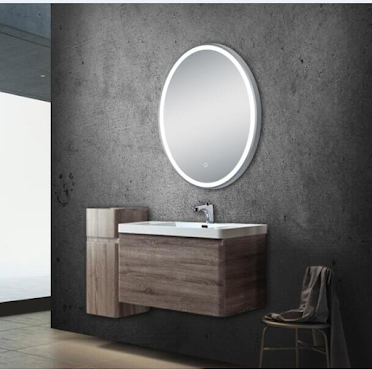What are the types of cable materials?
There are several different cable sheaths on the market, all of which serve different purposes. Understanding the differences will help you make an informed decision when selecting the right cable for your requirements. This guide explains the differences between some of the most common types of sheaths used to make cables.
PVC Cables
About PVC
Polyvinyl chloride (PVC) is one of the most widely used polymers in the world, thanks to its versatility, low manufacturing costs and ready availability. The raw materials used to manufacture PVC are the salts and oils used to produce ethylene and chlorine. Chlorine is one of the group of elements called halogens, which are highly reactive with other elements and can be used to form different compounds. Ethylene and chlorine combine and polymerize in a process that produces what we know as PVC. pvc has excellent water and oil resistance and good tensile strength, and can be easily combined with other additives to modify material properties for other purposes. pvc is found in different forms in thousands of different building materials, from pipes to window frames, and can be easily recycled once it reaches the end of its useful life. PVC is also manufactured with a low carbon footprint compared to other common building materials.
PVC Cable Sheathing
PVC is by far the most common type of cable sheathing and is ideal for general purpose cables. The PVC compounds used for cable sheathing are typically very flexible, durable and long lasting, making them a very popular choice. However, one disadvantage of using PVC is that it is susceptible to UV light and can become brittle and break when exposed to bright sunlight for extended periods of time, making it more suitable for indoor use.
PVC is generally not flammable and requires temperatures 150°C higher than wood to ignite. However, when PVC burns, it emits harmful halogen gases, including carbon dioxide, carbon monoxide and hydrogen chloride, and produces large amounts of smoke. Therefore, it is not recommended for use in densely populated buildings, and current building codes recommend the use of non-halogenated cables.
Ideal for
PVC is ideal for indoor daily use or for confined spaces where low-cost cable is required and smoke and gas emissions are not a concern.
LSZH Cables
Cables with Low Smoke Zero Halogen (LSZH) sheaths are mainly made of polyethylene, which has a very low chlorine content. When burned, the compounds used to make LSZH cables produce very little smoke and almost no hydrogen chloride, the most important harmful gas produced by PVC.
In order to be classified as LSZH, cables must pass stringent tests and comply with BS EN 50525-3-11 specifications. This ensures compliance with EN norms for the generation of smoke, hydrogen chloride and other gases, and ensures that the cable complies with building and fire regulations.
Ideal for
Low smoke zero halogen cables reduce the amount of toxic and corrosive gases released in the event of a fire. This makes LSZH cables ideal for use in indoor public buildings and densely populated areas, as well as where building and fire codes specify its use. They are often used in poorly ventilated areas, such as trains and other vehicles. The use of low smoke and halogen free cables is particularly common in the railroad industry.
PE Cables
Polyethylene (PE) is a thermoplastic polymer, which means it has something in common with what we think of as everyday plastics. It is tougher and stiffer than PVC compounds, but it is not easily recycled and therefore more expensive to produce. Unlike PVC, PE does not burn, but melts and re-form when it cools. Its tough, rigid properties make PE sheathing ideal for use outdoors or where a more rugged sheath is needed. However, the polyethylene itself degrades when exposed to UV light, so additional ultraviolet absorbers (UVA) are added to stabilize the compound and make it suitable for extended outdoor use.
Ideal for
Cables with PE jacketing are ideal for outdoor use, whether in confined spaces such as underground pipes, or above ground where they are exposed to bright sunlight or light wear.



评论
发表评论